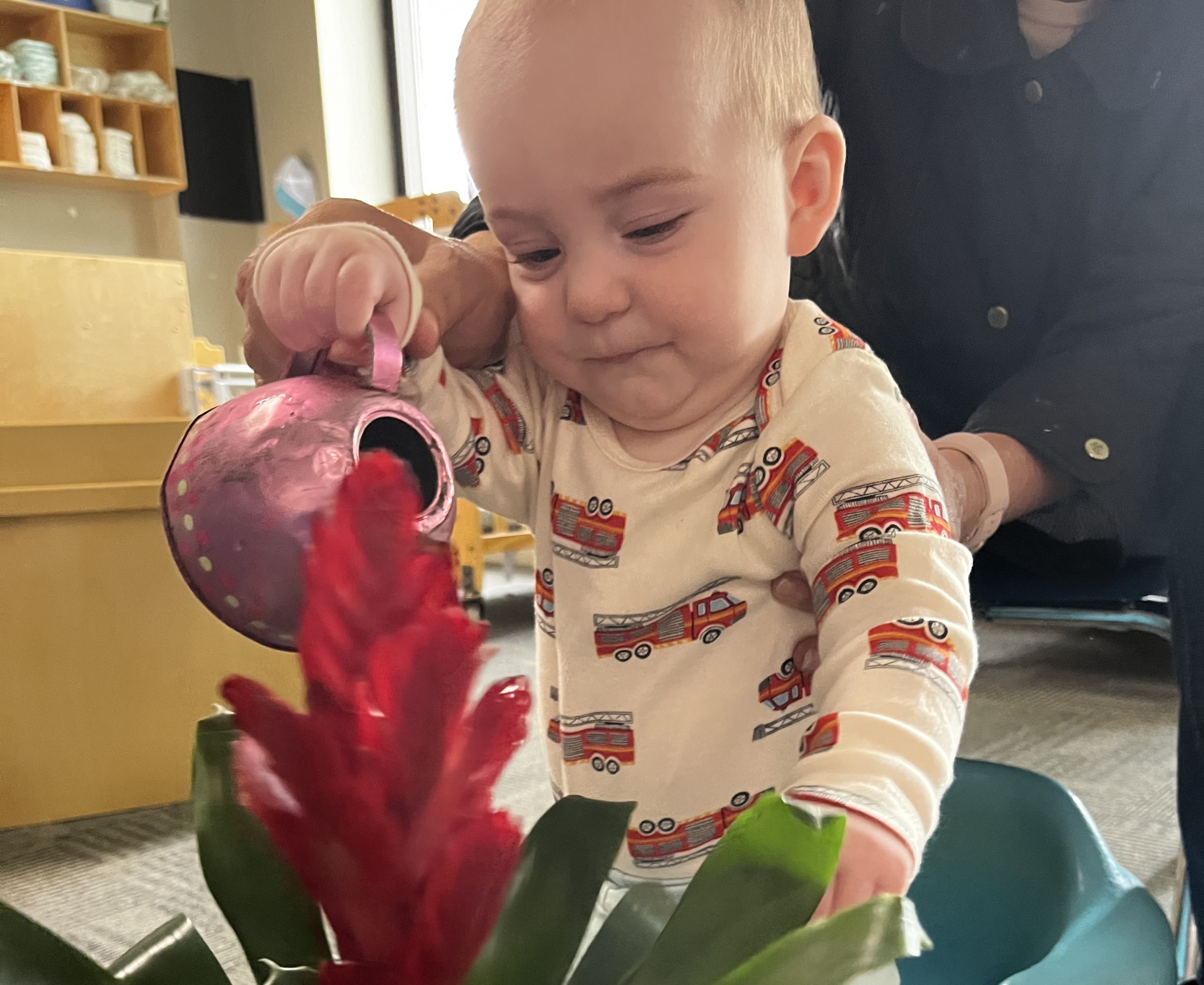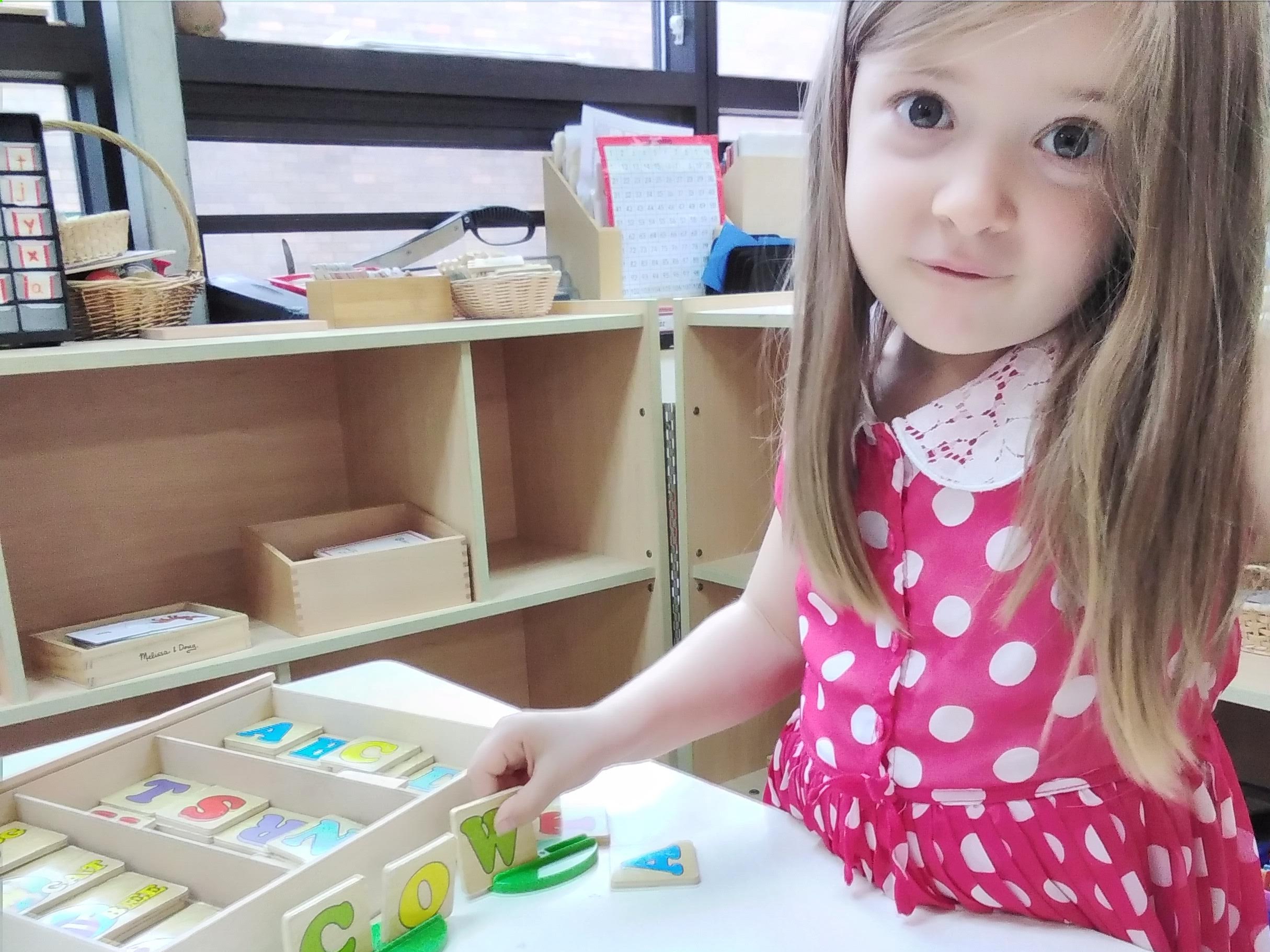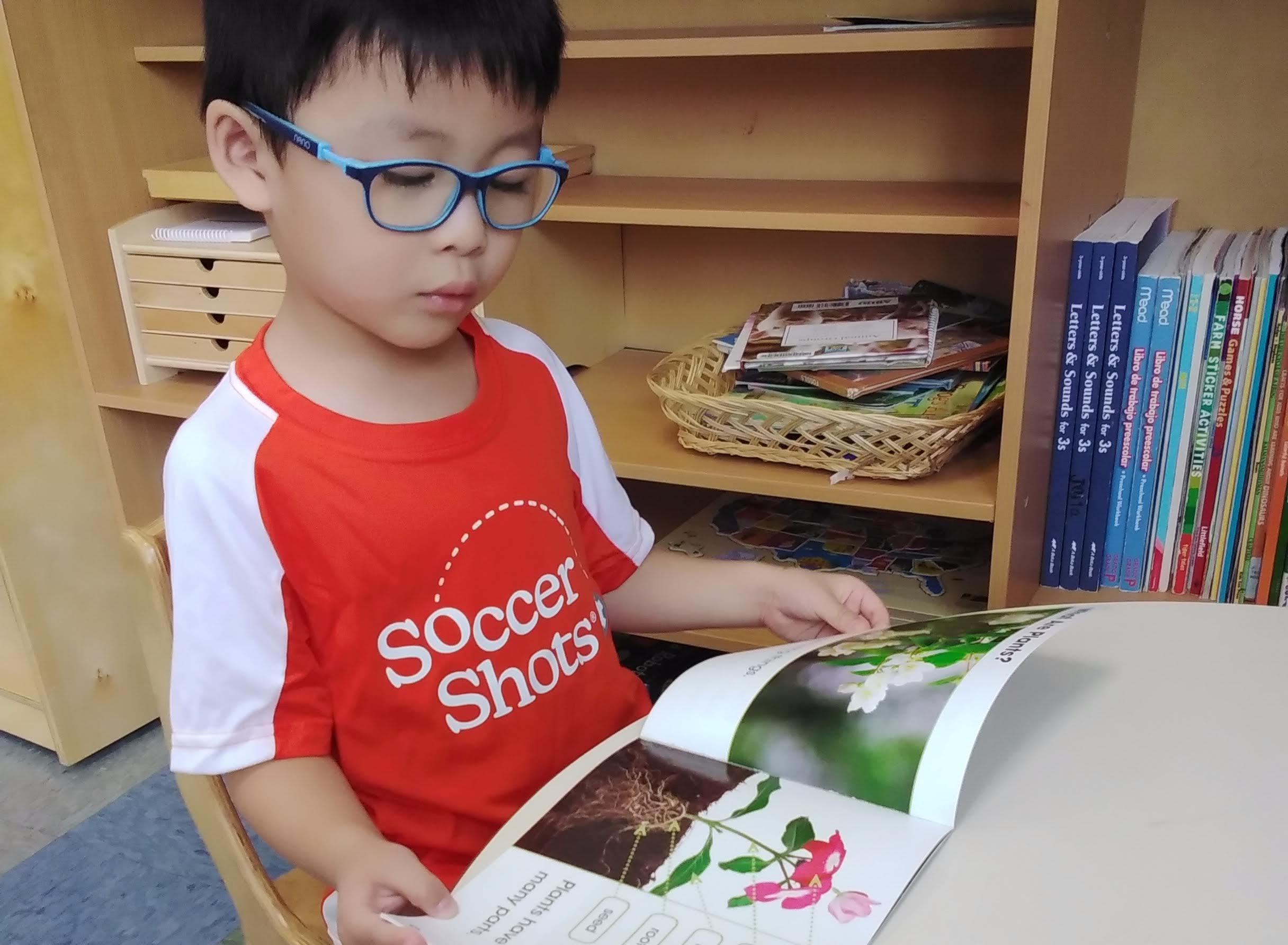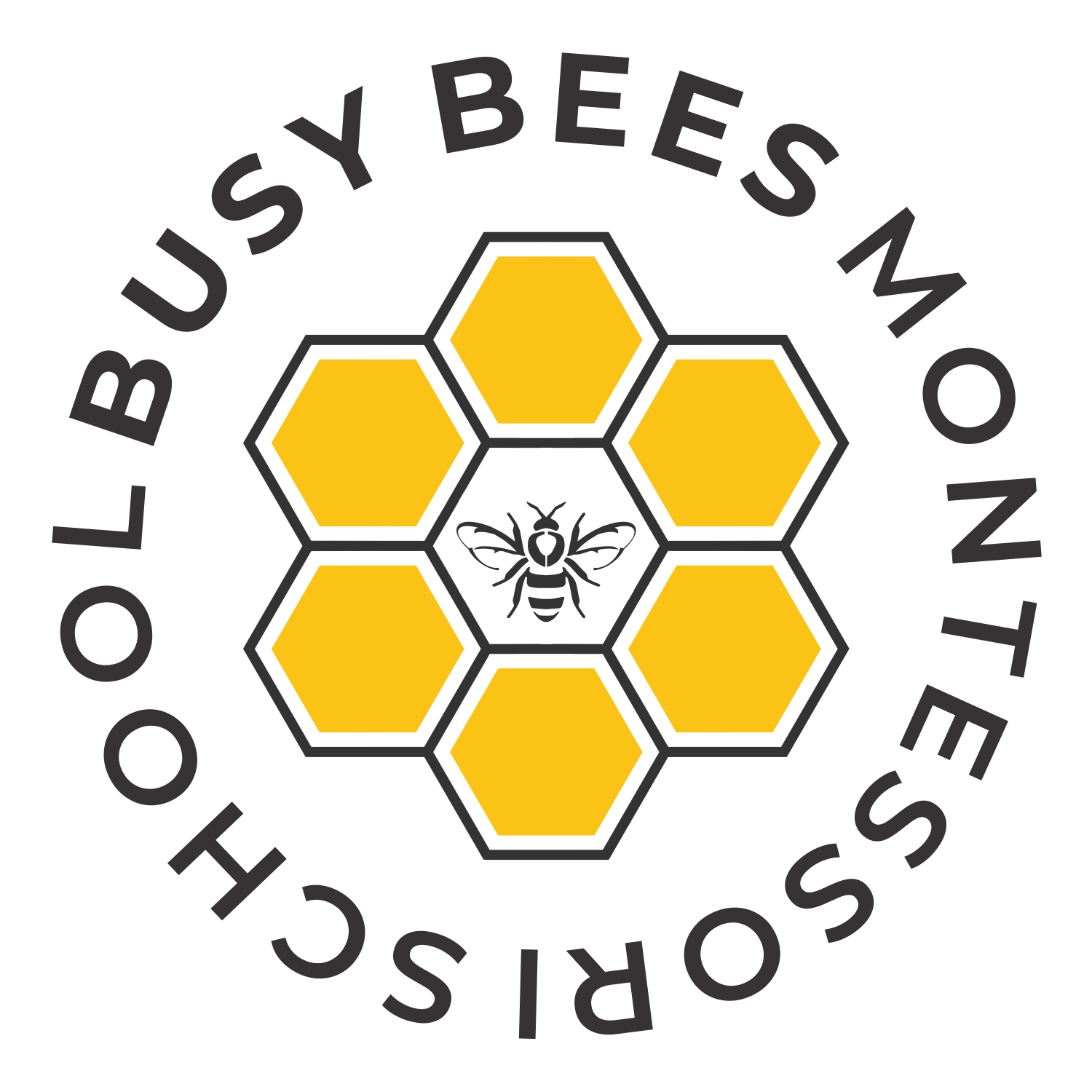
Our Montessori Program
The activities are designed to help children develop skills in a number of areas as practical life, sensorial, language, math, music and science.
Practical Life
Practical Life is the study of self-help skills and focuses on the four major areas, Care of Self, Care of Environment, Grace and Courtesy, and Movement.
Sensorial
Sensorial uses a multi-sensory approach to education. Children are encouraged to learn by processing information gathered through the senses.
Language
This area is designed to enrich a child’s verbal and written skills through a multi-sensory approach, utilizing tools like sandpaper letters, movable alphabets to promote literacy and a love for language. We also introduce Spanish.
Math
Math continues the cognitive math development that began in the Practical Life Skills and Sensorial curriculum, taking an acute focus and more abstract thinking process with concrete materials.
Music
The area of music is aimed at nurturing a child’s innate sense of rhythm and melody through hands-on activities like instrument play, singing, and movement, encouraging both self-expression and an appreciation for the universal language of music.
Science
The science area focuses on fostering a child’s natural curiosity through hands-on experiments and observations, covering topics from Geography, biology and physics to chemistry and earth sciences, all designed to cultivate a lifelong love for scientific inquiry.
Infants
Our infant and toddler programs respectively, are committed to promoting quality Montessori infant/toddler care for children within the range of six weeks to 18 months at both locations, based on American Montessori Society principles.
Toddler
Toddler programs are respectively committed to promoting quality Montessori toddler care for children.
“The development of the child during the first three years after birth is unequaled in intensity and importance by any period that precedes or follows in the whole life of the child.”
Primary
The Primary program is truly a gift to your child. Designed for children between the ages of 3 to 6 years, it is an opportunity to nurture his individual development within the context of a group setting. The result? Self-confidence, joy and a lifelong love-for-learning.
“Education is not something which the teacher does, but that it is a natural process which develops spontaneously in the human being”
– Maria Montessori
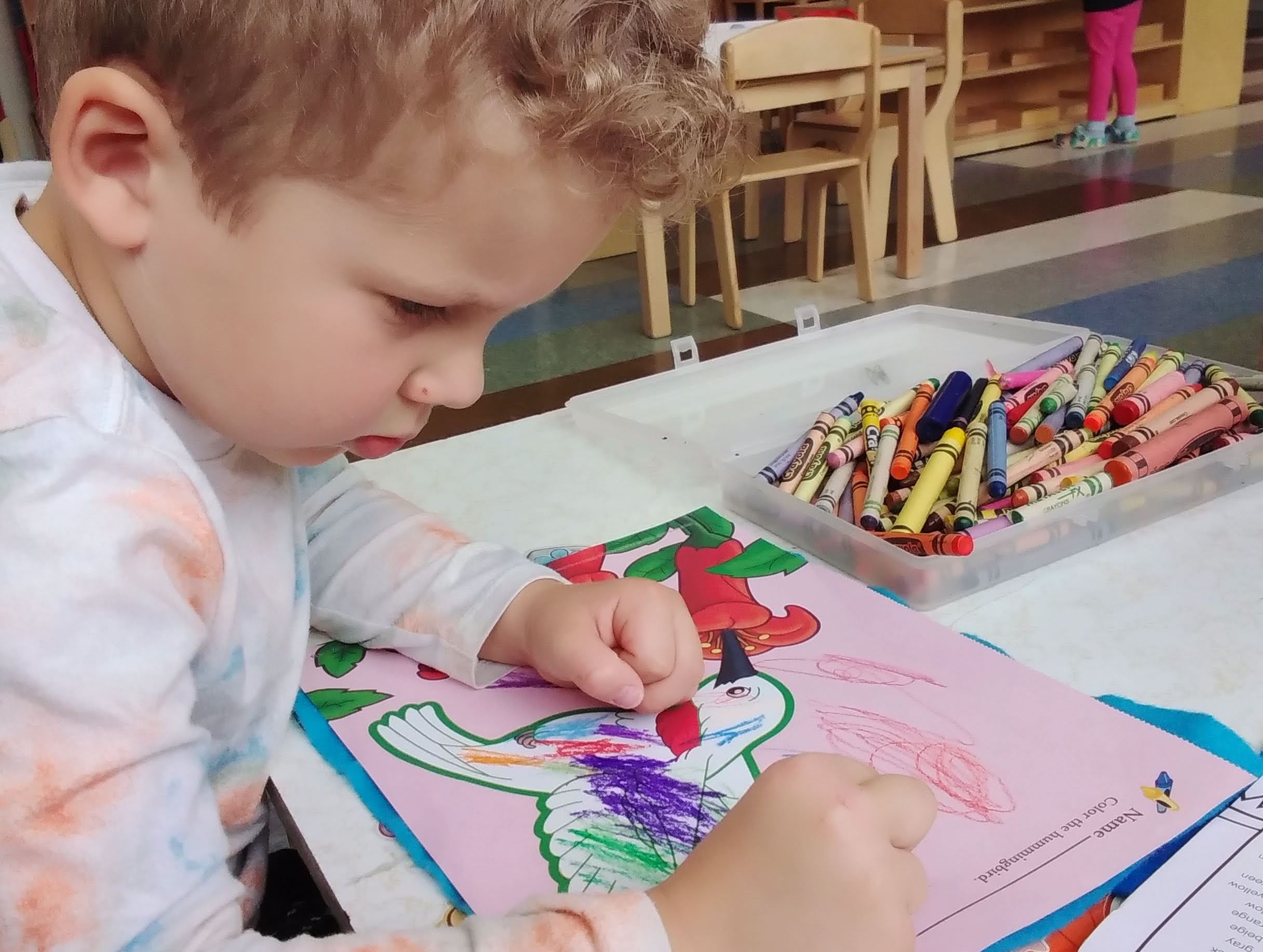
Summer Camp
Our summer program contains lots of developmental activities and exploratory experiments that engage children in a fun way of learning. Summer camp is available at both locations.

